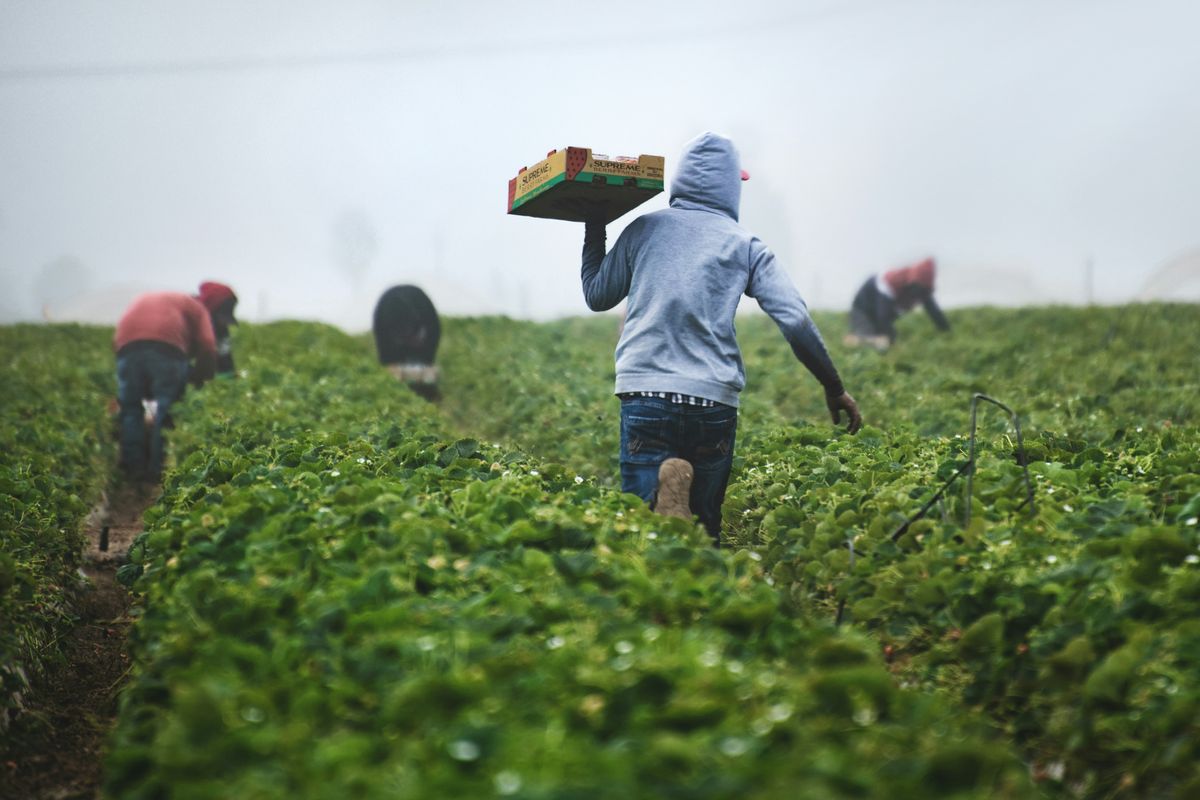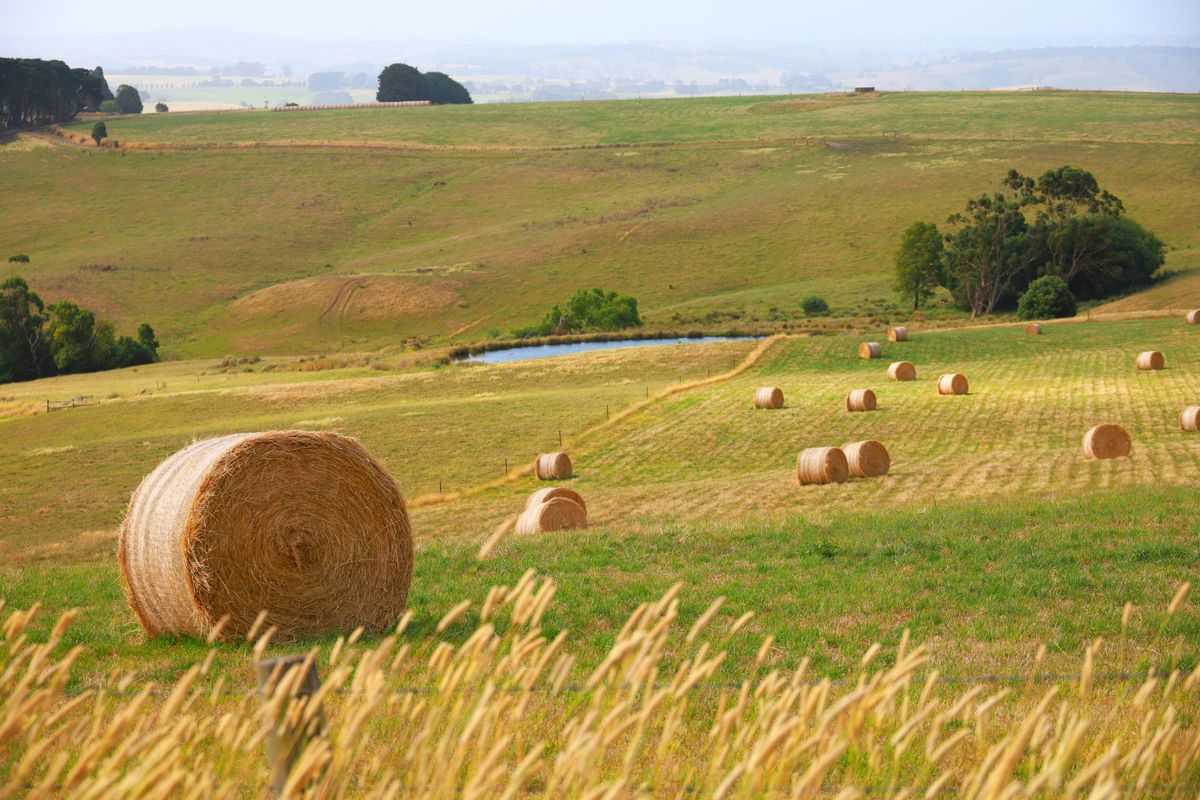Table of Contents
1. Minimize Soil Disturbance

Minimizing soil disturbance is a cornerstone of regenerative agriculture. No-till or minimal tillage practices are essential to maintain the soil’s structure, organic matter, and microbial life. By reducing tillage, farmers can significantly decrease the erosion and compaction of soil, which are common issues in conventional farming.
Soil health is greatly improved when the soil is left undisturbed, leading to a myriad of benefits:
- Increased water holding capacity, aiding in flood and drought resilience.
- Nutrient-dense forages that lower the need for supplemental feed.
- Natural pest and disease suppression, reducing the reliance on chemical inputs.
- Enhanced rates of carbon sequestration, contributing to climate change mitigation.
- Improved biodiversity both above and below the soil surface.
Embracing minimal soil disturbance not only preserves the soil’s integrity but also builds a resilient farming system capable of withstanding environmental stresses. It is a practice that pays dividends in the long-term health and productivity of the land.
2. Maximize Soil Cover of Regenerative Agriculture

Maximizing soil cover is a cornerstone of regenerative agriculture, aimed at protecting the soil from erosion, retaining moisture, and enhancing soil health. Keeping the ground covered with living plants or mulch is essential to avoid the detrimental effects of bare soil. This practice not only conserves water but also provides a habitat for beneficial organisms.
Cover crops play a pivotal role in this principle. They serve multiple functions, such as suppressing weeds, preventing soil compaction, and adding organic matter to the soil when they decompose. Here are some benefits of maximizing soil cover:
- Increased water holding capacity for flood and drought resilience.
- Nutrient-dense forages that reduce supplemental feed costs.
- Natural pest and disease suppression to reduce chemical inputs.
- Higher rates of carbon sequestration in the soil.
- Enhanced biodiversity above and below the ground.
By maintaining a continuous cover, farmers can create a living armor for the soil that not only protects but also nourishes it, leading to a more resilient and productive agricultural system.
3. Maintain Living Roots

Maintaining living roots in the soil year-round is a cornerstone of regenerative agriculture. Keeping a continuous network of roots ensures that the soil remains vibrant and teeming with life, as roots provide essential functions such as water retention, nutrient cycling, and soil structure stabilization.
Living roots act as conduits for the transfer of energy from the plant to the soil microbiome, fostering a symbiotic relationship that enhances soil health. By doing so, farmers can ensure that their soil is always working for them, even when crops are not actively being harvested.
A healthy soil ecosystem with active root systems is the foundation for sustainable agriculture and long-term farm productivity.
Farmers can maintain living roots through various practices:
- Planting cover crops outside of the main growing season
- Utilizing perennial plants in crop rotations
- Implementing intercropping strategies to fill in gaps between main crops
Each of these practices contributes to a robust and resilient soil ecosystem, which is essential for the success of regenerative agriculture.
4. Diversify Crop Species

Diversifying crop species is a cornerstone of regenerative agriculture. By cultivating a variety of crops, farmers can create more resilient ecosystems that are better equipped to handle pests, diseases, and extreme weather conditions. This practice not only enhances biodiversity but also improves soil health and water conservation.
Polyculture, companion planting, and mulching are methods that foster biodiversity and reduce reliance on external inputs like fertilizers and pesticides. These techniques promote an ecological balance, making the farm a self-sustaining unit. For instance, a farm facing heat and drought can benefit from selecting cover crop species that are heat-resistant and require minimal water, attracting beneficial insects that act as natural pest control.
By implementing a diverse crop rotation system, farmers can reap the benefits of improved crop productivity and protection. This approach also contributes to economic growth and environmental sustainability.
Here are some of the benefits of crop diversification:
- Enhanced ecosystem resilience
- Improved soil health
- Increased crop productivity
- Reduced need for chemical inputs
- Promotion of ecological balance
5. Integrate Livestock Grazing

Integrating livestock grazing into regenerative agriculture practices is not just beneficial, it’s transformative. Holistic grazing, or managed intensive rotational grazing, creates a harmonious relationship between livestock and grassland ecosystems. By simulating the natural movements of wild herbivores, this method enhances soil health, boosts plant growth, and increases carbon sequestration.
Livestock, when managed properly, can act as an accelerant for building healthier soils, speeding up the regenerative process significantly.
To implement regenerative grazing effectively, consider the following steps:
- Identify and sharpen your plant identification skills to align grazing with broader ecological goals.
- Utilize digital mapping tools to aid in decision-making for grazing practices.
- Construct additional fencing if necessary to support rotational grazing systems.
- Regularly assess pasture forage potential to optimize grazing plans.
Remember, the key to successful integration of livestock is not just in the presence of animals, but in the strategic management of their grazing patterns to optimize soil disturbance and promote ecosystem recovery.
Horticulture: Unearthed Beauty Embracing the Diversity
Organic Farming :14 Essential Tips for Success — Sticky


